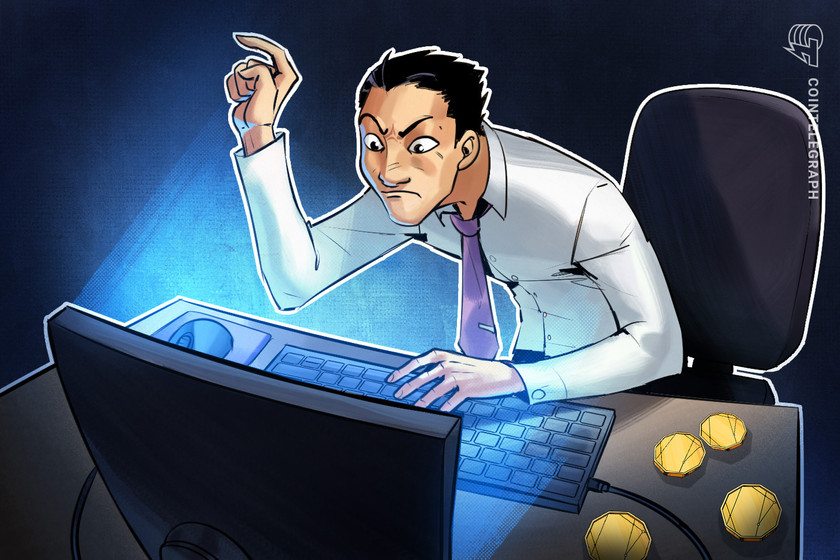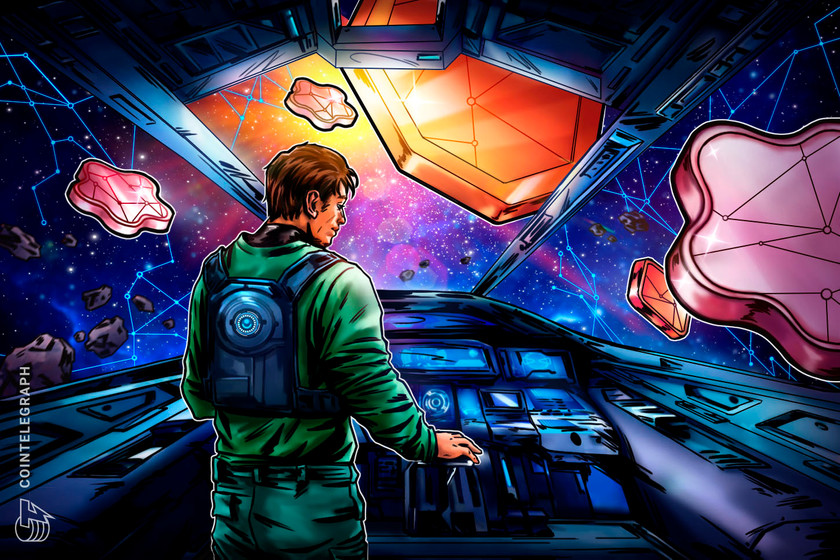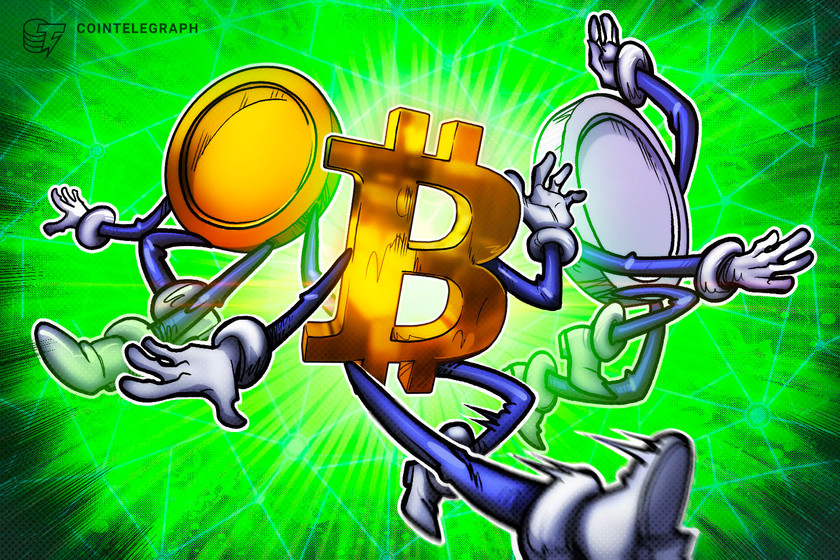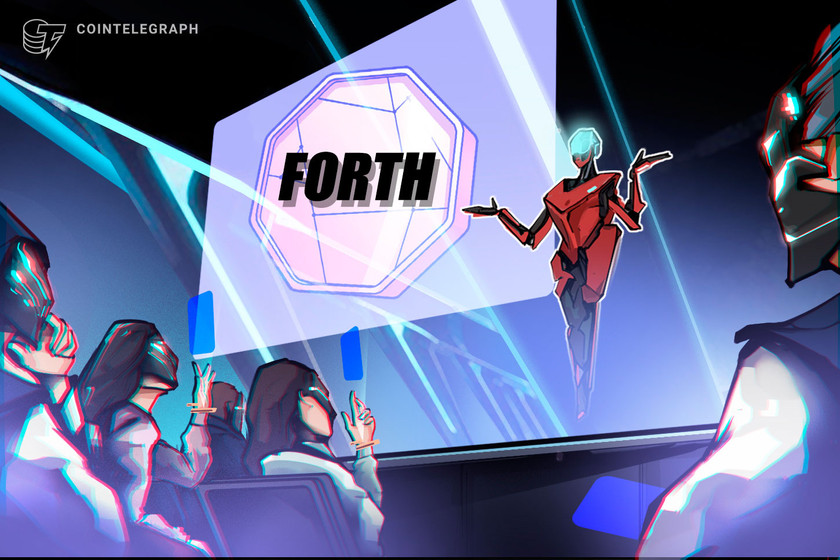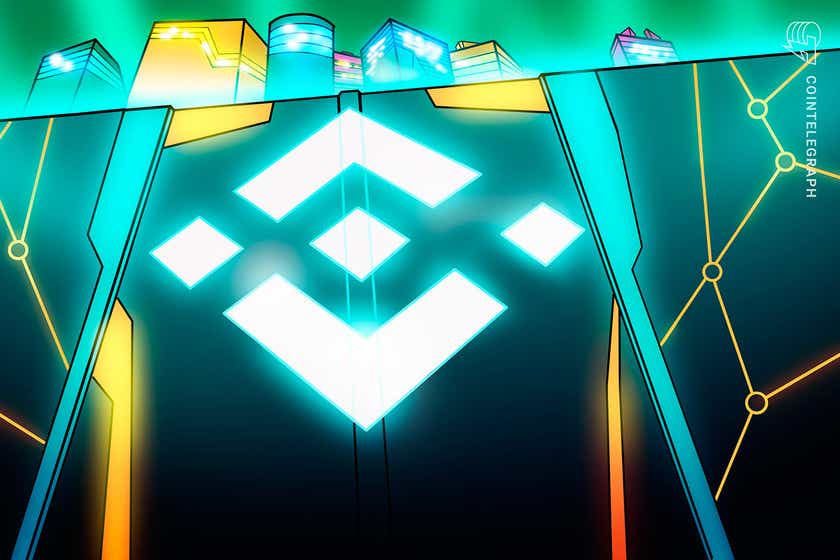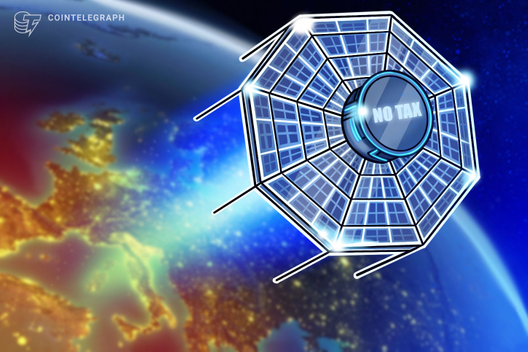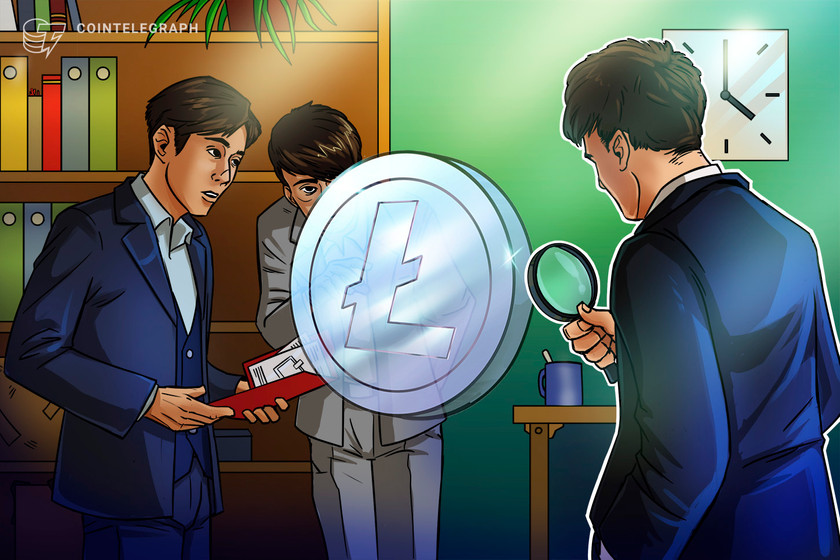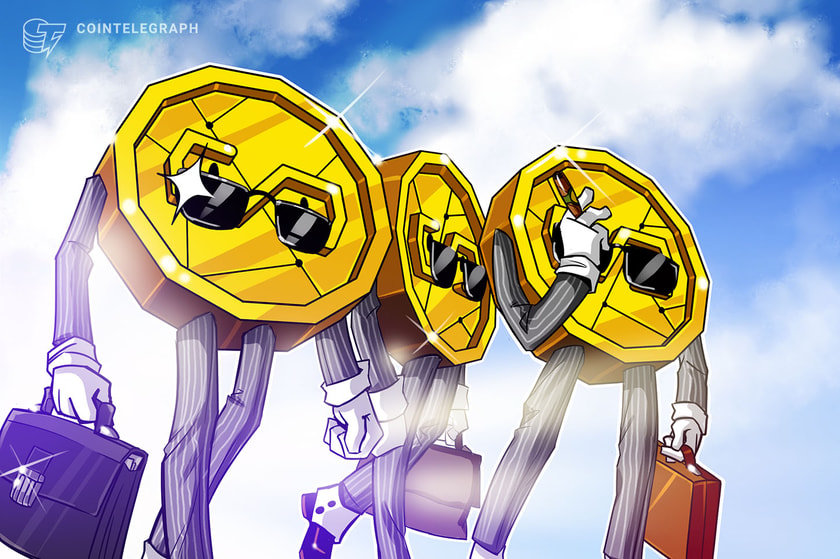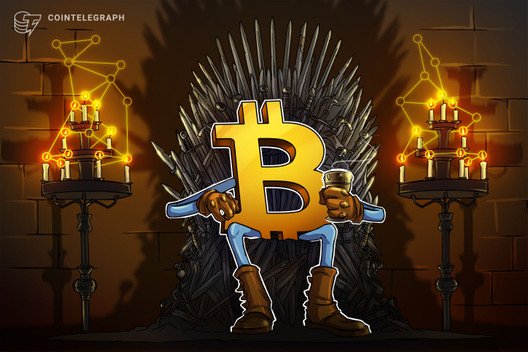Crypto fund’s unlikely strategy: Taking on Bitcoin and S&P 500 returns
Bitcoin has been one of the best-performing assets on the planet since its launch in 2009. The digital coin rose nearly 9 million percent in price between 2010 and 2019. Simply holding or averaging into Bitcoin (BTC) positions yields a certain profit benchmark. Finding an investment or trading strategy that outpaces Bitcoin’s performance can prove difficult, but a financial fund known as Off The Chain Capital has claimed to do just that. The fund has also outpaced the S&P 500, a popular mainstream financial market index, although the S&P stands as a less formidable opponent in terms of price gains.
“It’s easy to outperform the stock market because if you look at Bitcoin relative to other assets like dollars, gold, stocks and bonds, Bitcoin is sucking in all the value out of those,” Brian Estes, the fund’s founder and chief investment officer, told Cointelegraph. Bitcoin naturally provides greater profit than other mainstream financial assets, such as stocks and gold, he explained, adding: “The hard part is to outperform Bitcoin.”
Estes created Off The Chain Capital in 2016 as a financial fund open only to his friends and family. A number of years later, the fund began letting other members of the public invest, Estes explained. “We have over 90 partners now in the fund,” he noted. “The reason I decided to open up the fund to outside investors was I finally figured out how to outperform Bitcoin.”
The strategy
CT: Can you explain how the fund works? Such as what is in the fund and what your mindset regarding that is?
BE: What I figured out was that the best way to outperform Bitcoin is to buy Bitcoin below what other people could buy it at or sell Bitcoin above what the spot market is. We found ways to buy Bitcoin at a discount, and we found ways to buy Bitcoin at spot prices and then sell it for above to people who are willing to pay us a premium for Bitcoin — and that’s pretty much all we do in the fund. So, we’re a value investor in Bitcoin and blockchain assets.
CT: When you buy below and sell above, are you talking more about long-term action or are you talking about short plays?
BE: We don’t trade. Our average holding period is over 12 months, so we’re not traders. We don’t use leverage. We’re not leveraging up the portfolio to outperform Bitcoin. We’re using a traditional, Graham-Dodd, Warren Buffett value method to buy Bitcoin for cheap.
We’re one of the largest buyers in the world of Mt. Gox bankruptcy claims. So, when you buy a Mt. Gox bankruptcy claim from people who have a claim on the company, our average cost is about $1,000 per claim, and we’re getting almost $3,000 worth of assets.
Those assets inside of a claim are 0.1785 Bitcoin, 0.18 Bitcoin Cash and there’s about $784 of just cash, like currency, in there. When you add all that up, there is about $3,000 worth of value. Like I said, our average cost is about $1,000. These claims will eventually get paid out over the next few years, and when these claims get paid out, even if Bitcoin doesn’t move, we’re almost tripling our money because we’re buying this Bitcoin at a discount through these claims.
Mt. Gox’s legacy lives on
Mt. Gox started as one of the earliest Bitcoin exchanges. The marketplace operated from 2010 to 2014, ultimately ending in disaster. The exchange suffered an infamous hack in which nefarious parties reportedly pilfered roughly 850,000 BTC, leading to the exchange’s demise in 2014.
Fast-forward to 2020, and authorities are still sorting through the rubble and aftermath of the affair. Part of the process has seen victims who lost funds from the Mt. Gox ordeal submit claims for compensation for their losses. Entities such as Off The Chain Capital look to buy these claims for profit, albeit in the form of delayed gratification.
Essentially, due to the red tape involved and legal processes around Mt. Gox, these claims do not pay out right away and have suffered many delays. Mt. Gox rehabilitation trustee Nobuaki Kobayashi oversees the ordeal. The payout for the claims has seen a number of delays. Kobayashi must provide the courts with a plan of action. Most recently, the proposal’s due date was moved from Oct. 15 to Dec. 15.
In addition to the Mt. Gox claims, Off The Chain Capital employs other strategies, although the firm does not divulge these tactics to the public, Estes explained. Off The Chain Capital is not the only player interested in this type of financial play, however. Fortress Investment Group stands as another example of a party that has expressed interest in buying Mt. Gox claims.
Buying Mt. Gox claims helps both sides
Buying these claims also helps the victims of the Mt. Gox ordeal. They can receive compensation for their losses sooner, albeit at a discount, through selling their claims.
CT: So, the Mt. Gox claims: The reason you’re getting the discount is because you are not being paid out until the future, correct?
BE: Exactly, yeah. So, we’re giving people liquidity. They have a claim, so they get liquidity, and they get $1,000 per claim. What we get is value. We get $3,000 of value, but we get the illiquidity. So, these are illiquid investments until the Japanese trustee decides to distribute the Bitcoin, Bitcoin Cash and currency out. When that happens, we become liquid. We’re willing to be illiquid for the return — for a three-times return. That’s a good trade-off for us.
It benefits the people selling the claims too because they’ve been sitting on these claims for almost seven years. Most of the people selling these, they have life events that happened to them. They need the money, so they’re happy to sell them and to have someone to sell them to. They’re getting married, having a baby, buying a new house or they wreck their car, and they need liquidity.
CT: Is there any idea of when the claims will be paid out? Will they all be paid out at once, or are they being paid out every couple of months?
BE: On Oct. 15, the Japanese trustee was supposed to update the distribution plan. They postponed it until Dec. 15, so on Dec. 15, we’ll have more clarity. It’s kind of anyone’s guess. Some people are thinking six months, but we’re planning for about two years, hoping that it’ll be a year or less, but it could be another three to four years. No one really knows.
This interview was condensed and edited for clarity.

